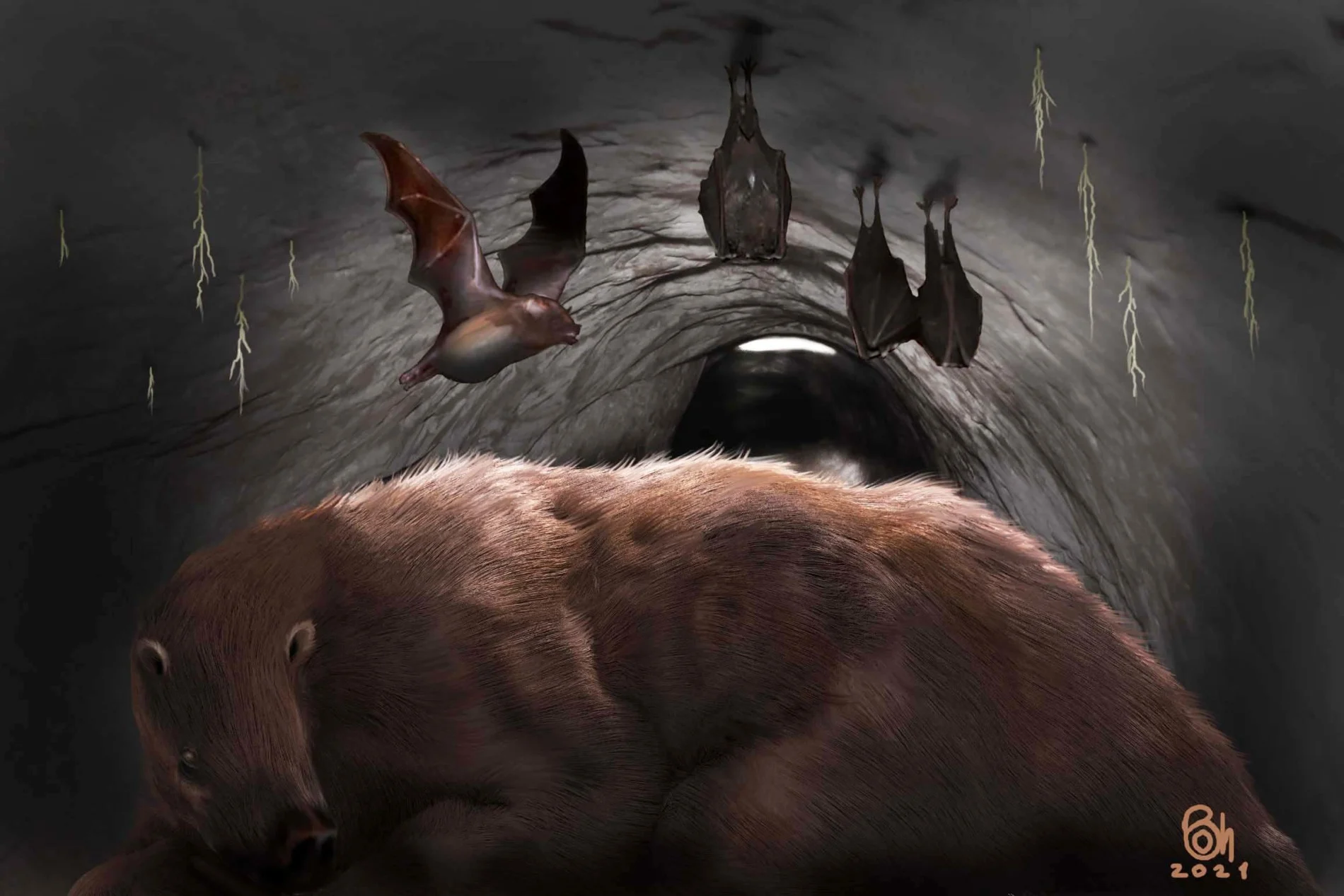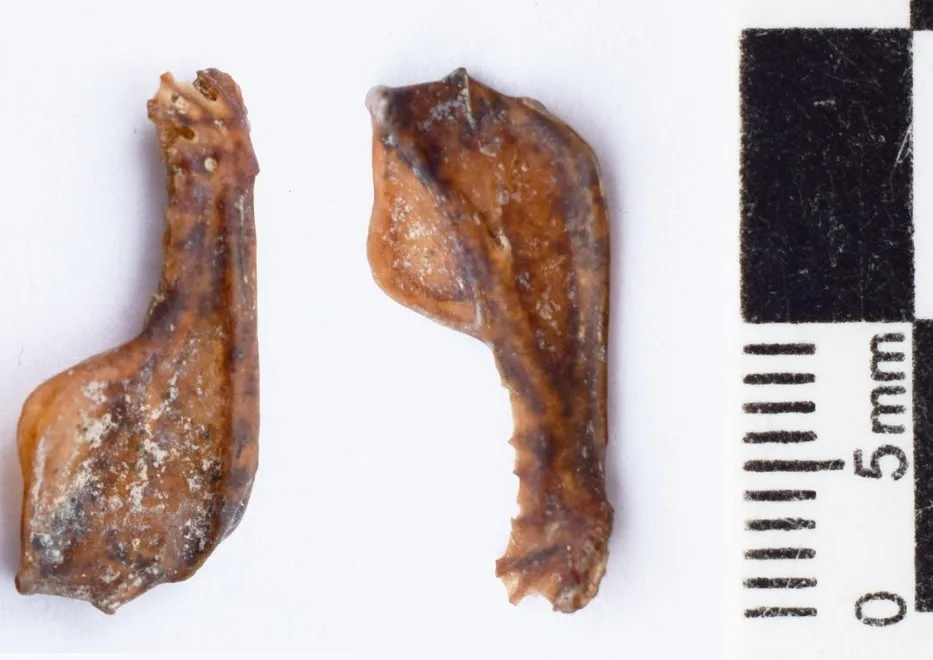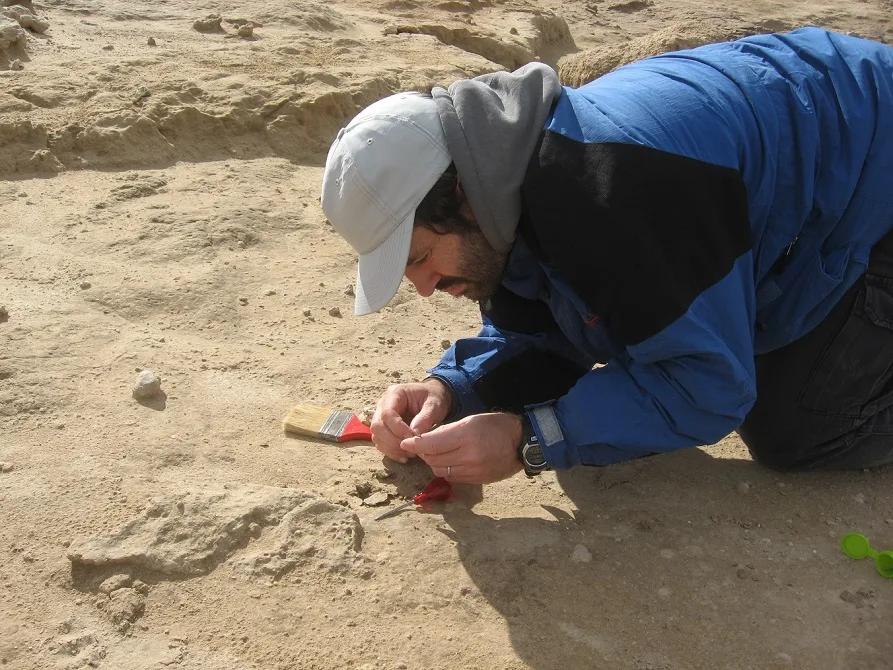
Giant vampire bat remains found deep inside Argentinian cave
There are a number of vampire bats that are alive today and live in parts of Central and South America.
Bats are a diverse group of mammals, but researchers say fossil records do not reflect the extensive history of these mysterious animals. However, scientists are slowly discovering more about bats of the past and researchers at the National University of Mar del Plata in Argentina have announced that they have discovered remains of an extinct species of a giant vampire bat (Desmodus draculae).
Their study, published in Ameghiniana, says that fossils of the giant vampire bat were found inside a cave located near the city of Miramar and date back 100,000 years ago. Research indicates that this cave was a burrow used by giant sloths that were nearly five metres tall, which were possibly prey of the giant vampire bats.

An artistic interpretation of the giant vampire bats preying on a giant sloth. (Miramar Museum of Natural Sciences)
The researchers estimate that the giant vampire bat was approximately the size of a computer keyboard. The fossils that were discovered include a lower jaw bone and currently reside in the Paleontological Laboratory of the Miramar Museum of Natural Sciences.
The giant vampire bats went extinct some time during the last 11,700 years, which the study says could be due to a number of causes, including the extinction of large animals that might have been their prey.

The jawbone of a giant vampire bat that lived 100,000 years ago. (Miramar Museum of Natural Sciences)
Vampire bats (Desmodontinae) live in Central and South America and several species that are alive today exclusively feed on blood, hence their haunting moniker.
“They are the only family of bats in the world [that] arouses curiosity from the legends of the Transailvania and it's creepy Count Dracula. But in reality they are peaceful animals that feed on the blood of animals, and sometimes humans, for a few minutes without causing discomfort, so much so that their false victims do not even suspect it,” says Mariano Magnussen, an expert from the museum, in a press release.
“The only bad thing is that they can transmit rabies or other diseases if they are infected. Surely their prehistoric representatives had similar behaviors.”

A researcher studying a giant vampire bat fossil in Argentina. (Miramar Museum of Natural Sciences)
The common vampire bat (Desmodus rotundus) is the most direct relative to the giant vampire bat, but currently lives in a habitat that is 400 kilometres away from the cave that the researchers were studying. This led them to the conclusion that the environmental conditions during the time the giant vampire bat was alive are different than those today.
Evidence that supports this conclusion is the amount of energy the giant vampire bats would have needed to maintain a normal body temperature. The researchers think that the mean winter temperature during the Late Pleistocene in this area would have been at least 10°C warmer and possibly more humid than present-day conditions.
Thumbnail credit: Miramar Museum of Natural Sciences






